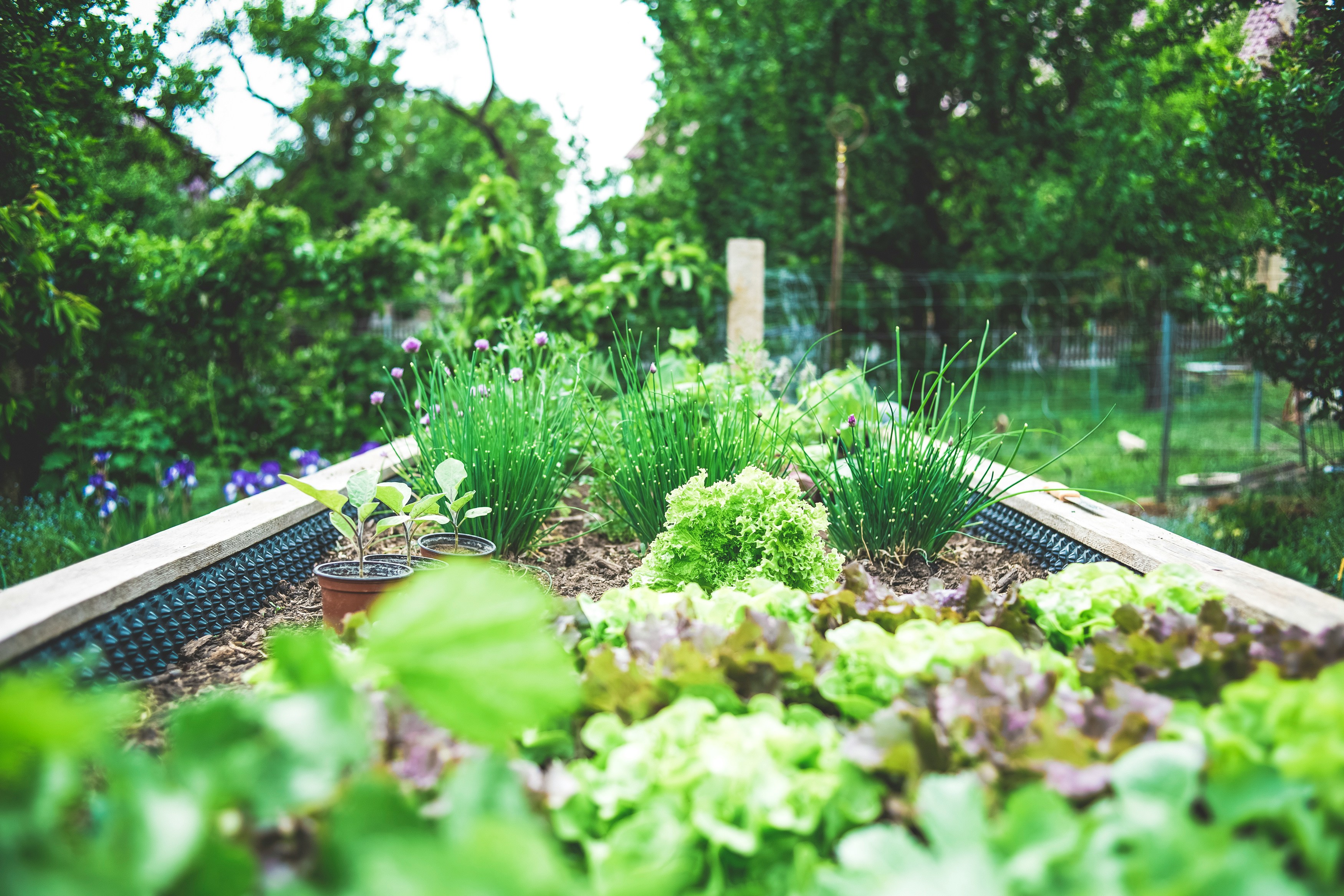There’s something incredibly satisfying about stepping outside and picking fresh produce straight from your own backyard. Whether you have a large garden or just a few pots on the patio, growing your own vegetables is easier than you think.
Here’s your step-by-step guide to start a thriving vegetable garden.
Find the Perfect Spot
Choose a sunny location that gets at least six hours of sunlight each day. Most vegetables love the sun, but in Perth’s hot summers, a little afternoon shade can help protect tender plants.
Look for a space that’s:
- North facing for the best light exposure
- Well drained, but close to a water source
- Sheltered from strong winds that can dry out your plants
Prepare Your Soil
Our sandy soil can make gardening a challenge, but with the right preparation, it can be transformed into rich, productive ground.
- Mix in organic compost, manure, or soil improver to boost nutrients.
- Add bentonite clay or coco peat to help retain moisture.
- Finish with a thick layer of organic mulch, like sugarcane, pea straw, or wood chips to keep the soil cool and reduce evaporation.
If your soil is still too sandy, consider raised garden beds filled with quality veggie mix for the best results.
What to Grow and When
Perth’s climate allows for year round growing, but timing is key.
Spring (September–November)
As the weather warms, it’s time to grow summer crops.
Plant: tomatoes, capsicum, cucumbers, zucchini, pumpkin, basil, and beans.
Summer (December–February)
Hot and dry, stick to heat-tolerant plants.
Plant: eggplant, chilli, sweet potato, basil, oregano, watermelon, and rockmelon.
Add a little shade cloth and extra mulch to protect plants during heatwaves.
Autumn (March–May)
The best time to start a vegetable garden!
Plant: broccoli, cauliflower, spinach, lettuce, carrots, beetroot, onions, garlic, coriander, and parsley.
Winter (June–August)
Cooler weather is perfect for leafy greens and root vegetables.
Plant: cabbage, peas, silverbeet, leeks, turnips, and more winter herbs.
Water and Feed Regularly
- Water early morning or late afternoon to reduce evaporation.
- Use drip irrigation or soaker hoses to get water directly to the roots.
- Feed every few weeks with liquid seaweed or compost tea for healthy, productive plants.
During summer, daily watering might be needed; in winter, every few days is enough.
Keep an Eye on Pests
Common garden visitors include aphids, caterpillars, and snails. Keep them under control naturally by:
- Spraying neem oil or garlic spray.
- Planting marigolds or alyssum to attract beneficial insects like ladybugs and bees.
- Checking leaves regularly to remove pests before they spread.
Harvest, Refresh, and Enjoy
Pick your veggies as they ripen, many plants will continue producing the more you harvest. Once the season ends, add compost and rotate crops to keep the soil fertile and your garden healthy.
There’s nothing quite like cooking with produce you’ve grown yourself. From crisp lettuce and juicy tomatoes to fragrant herbs, your backyard can become a fresh food haven.




